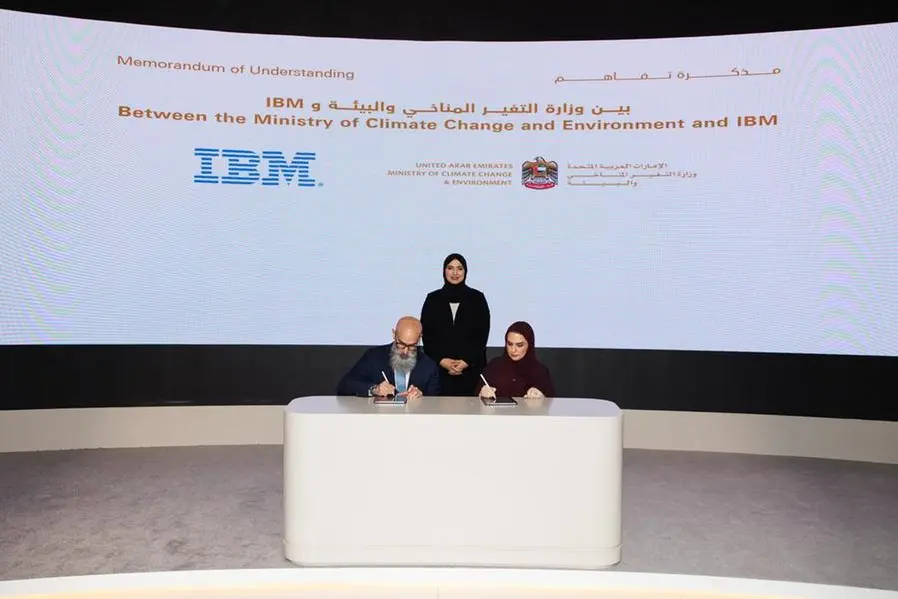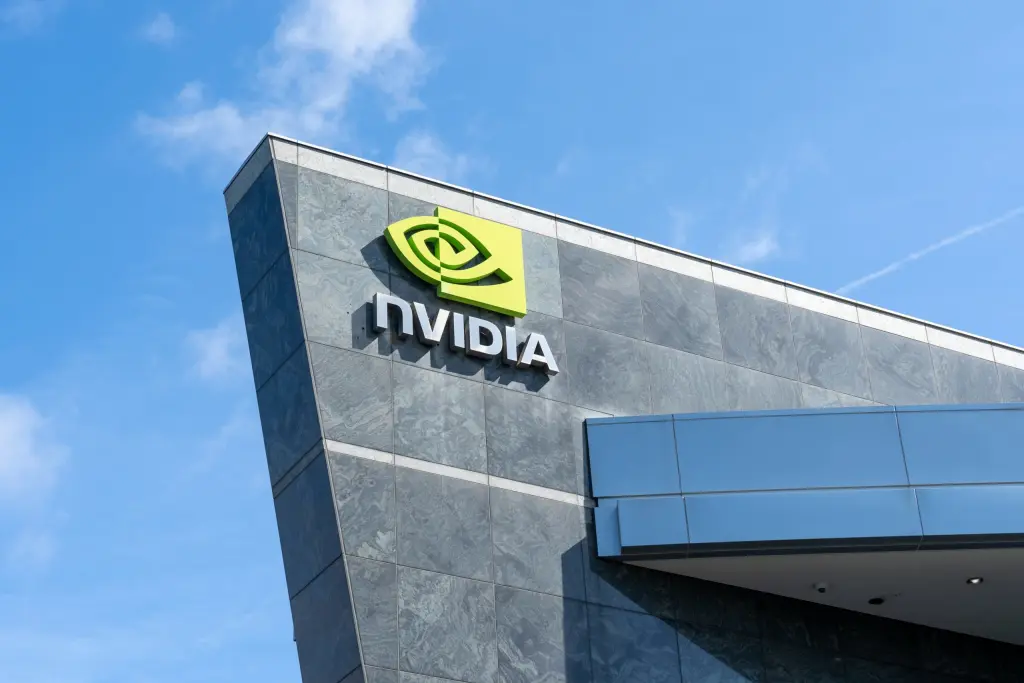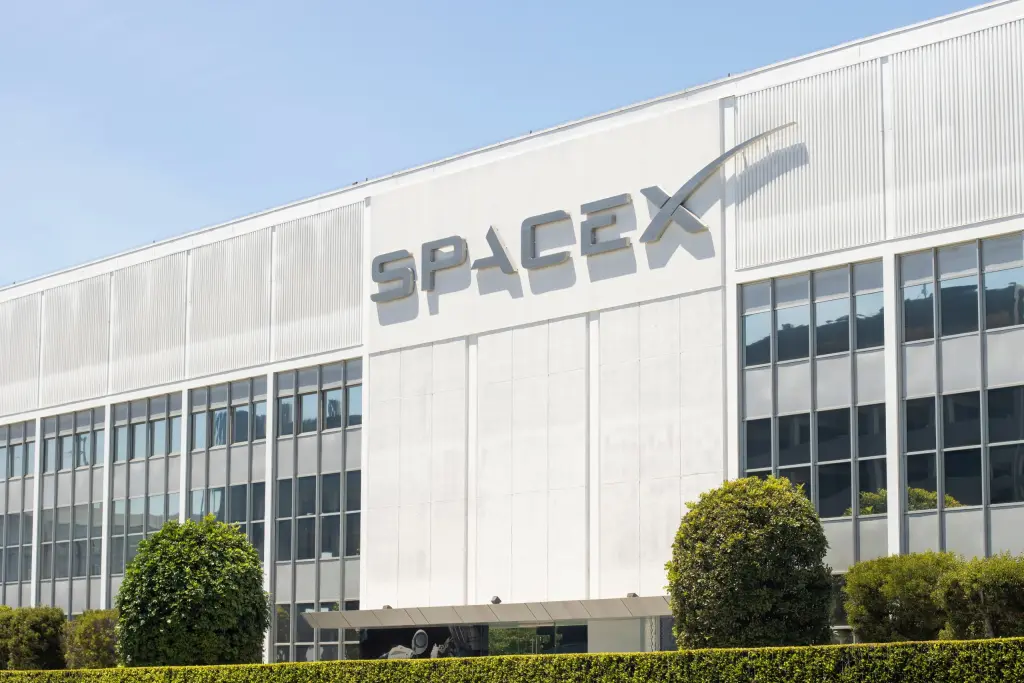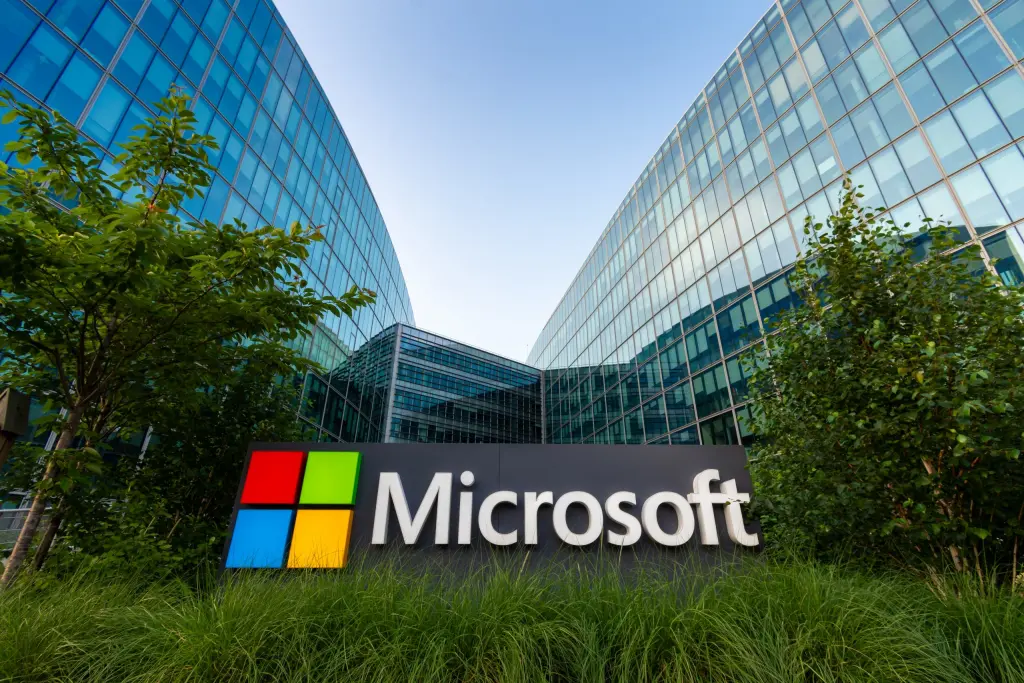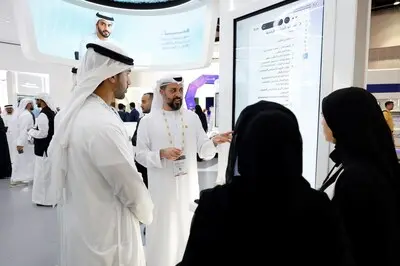NVIDIA, the leader in AI and accelerated computing, has announced the launch of DGX Spark, the world’s smallest AI supercomputer. This new system is designed to deliver the full power of NVIDIA’s AI stack in a compact desktop form factor, making petaflop-scale computing accessible to individual developers, researchers, and startups for the first time.
A New Class of AI Computing
The DGX Spark addresses a growing challenge in the AI space where workloads are rapidly outgrowing the memory and software capabilities of traditional PCs and workstations. This forces development teams to rely on cloud services or local data centers, which can introduce latency and cost barriers. As a new class of computer, the DGX Spark provides a powerful local solution, delivering a petaflop of AI performance and 128GB of unified memory.
Built on the NVIDIA Grace Blackwell architecture, the system allows developers to run inference on AI models with up to 200 billion parameters and fine-tune models of up to 70 billion parameters directly on their desktop. It integrates NVIDIA GPUs, CPUs, advanced networking, and the full NVIDIA AI software stack, enabling developers to build and test sophisticated AI agents and applications out of the box.
From DGX-1 to DGX Spark
The launch of DGX Spark draws a direct line to the origins of the modern AI revolution. In a symbolic gesture, NVIDIA founder and CEO Jensen Huang hand-delivered one of the first units to Elon Musk at SpaceX. This echoes the delivery of the first-ever DGX-1 supercomputer to Musk in 2016 for a small startup named OpenAI, a machine that played a pivotal role in the development of ChatGPT.
Huang commented on the mission, stating,
“With DGX Spark, we return to that mission — placing an AI computer in the hands of every developer to ignite the next wave of breakthroughs.” Leading tech companies and research organizations, including Google, Meta, Microsoft, and the NYU Global Frontier Lab, are among the early recipients testing and validating their tools for the new platform.
Implications for the MENA AI Ecosystem
The arrival of the DGX Spark has significant implications for the rapidly growing tech landscape in the Middle East and North Africa. By democratizing access to supercomputing power, NVIDIA is empowering a new generation of MENA-based AI startups, university research labs, and individual developers. This local processing capability reduces reliance on expensive cloud infrastructure, allowing for faster and more cost-effective innovation cycles.
For a region actively investing in becoming a global AI hub, this technology can accelerate breakthroughs in critical sectors. Startups can now develop and fine-tune large language models for Arabic, build sophisticated AI-driven solutions for the energy and finance sectors, and experiment with agentic AI without significant upfront capital investment. The DGX Spark could act as a catalyst, enabling MENA talent to compete on a global scale and develop bespoke AI applications tailored to regional needs.
Source: Tech in Asia


